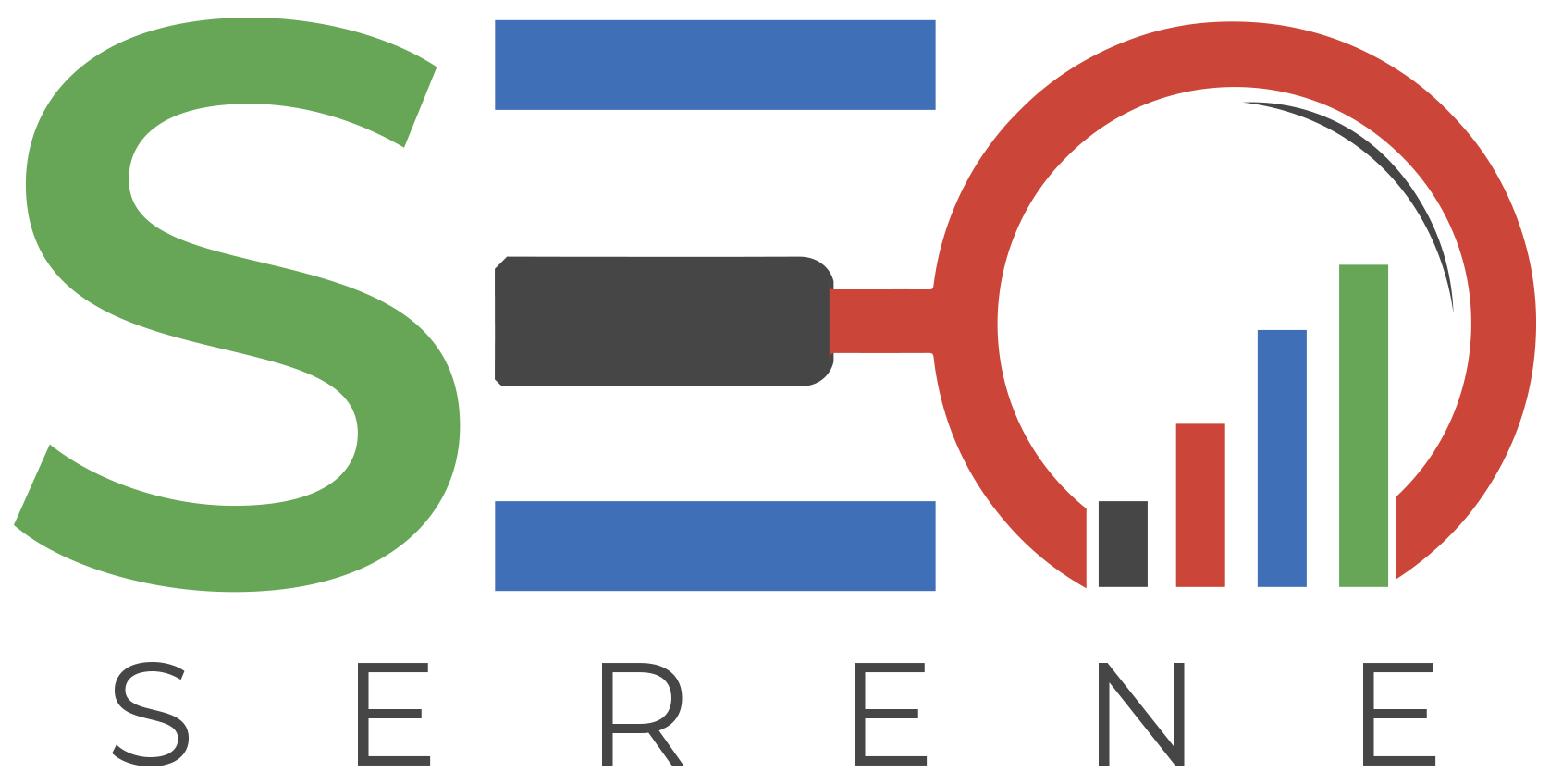Decimal to Binary
Convert decimal numbers to binary using our Decimal to Binary Converter tool, enhancing data processing efficiency for your website.
Try Other Relevant Tools
Table Of Content
Decimal to Binary Converter
In mathematics and digital electronics, a binary number is a number expressed in the base-2 numeral system or binary numeral system, which uses only two symbols: typically '0' (zero) and '1' (one). The decimal (base ten) numeral system has ten digits, 0 through 9. In computing, it is common to use the term byte for an eight-bit quantity. A byte can represent 256 (28) different values and can store one alphanumeric character.
Converting from decimal to binary is a common task that is often performed in computer programming and digital electronics. While the decimal system uses the base ten, the binary system uses the base two. This means that there are only two symbols used in binary: 0 and 1. To convert a decimal number into its binary equivalent, a digital circuit known as a decimal to binary converter must be used. This conversion can be done by using logic gates.
How to Use Decimal to Binary Converting Tool?
When you want to convert a decimal number to binary, you can use a decimal to binary converter on our website. To use it you have to perform the following steps:
- Simply enter a decimal number into the input field.
- Click on the 'Decimal to Binary' button.
- The tool will then automatically display the equivalent binary number.
What is a Decimal?
A decimal is a base 10 number, meaning it is composed of 10 digits, 0 through 9. Decimals are also sometimes referred to as denary or alphanumeric numbers. In mathematics, a decimal refers to a number that has a fractional component. For instance, the number 3.14 would be written as a decimal. fractions and decimals are used interchangeably in many applications, such as in finance or construction.
When converting binary and decimal, each digit in the binary number is multiplied by 2^n, where n is the position of the digit starting from the rightmost digit. So, the number 1101 would be 1*2^3 + 1*2^2 + 0*2^1 + 1*2= 13 in decimal form.
What is Binary?
Binary is a digital coding system where each letter of the alphabet, each number, and each punctuation mark is represented by a unique combination of two symbols: 0's and 1's. In binary code, these combinations are known as 'bytes' (or 'words'). A byte can represent any one character in the ASCII code.
The simplest form of binary code is Unary, in which each character is represented by a 0 or a 1. For example, the letter 'A' could be represented as 0000001. However, this system is not very efficient, so most binary code uses a more complex system called based-2 coding.
In based-2 coding, each character is represented by a unique combination of 8 0's and 1's. For example, the letter 'A' could be represented as 01000001. This may seem like a lot of information to store for just one letter, but it's quite efficient when you consider that computers work with data in bit form (ones and zeros).
To convert a decimal number to binary form, we simply divide the number by 2 and take the remainder. For example, the decimal number 12 can be divided into two groups: 10/2 = 5 with a remainder of 0 and 5/2 = 2 with a remainder of 1. So 12 would be written as 1100 in binary form.
Manual Conversion of Decimal to Binary
There are multiple ways to convert a decimal number to binary. One way is to repeatedly divide the decimal number by 2 and keep track of the remainder until the decimal number has been divided down to 0. The binary number will be the string of all the remainders in reverse order, with the first remainder being at the far right. Another way is to use place value charts. You can also convert binary to decimal using our binary to decimal converter tool.
To convert a decimal number to binary using repeated division, follow these steps:
- Divide the decimal number by 2.
- Write down the remainder (either a 1 or 0).
- Repeat steps 1 and 2 until the decimal number has been divided down to 0.
- The binary number will be the string of all the remainders in reverse order, with the first remainder being at the far right.
- Convert each digit in binary back into its decimal equivalent and write this underneath each column starting from the rightmost column and going leftward until you reach the leftmost column: 128 64 32 16 8 4 2 1
Benefits of Using this Online Tool
If you are working with digital devices, you will need to convert between binary and decimal online frequently. This online tool makes the process quick and easy.
This online converter is especially useful if you are dealing with large numbers. For example, the decimal number 4294967295 converts to 11111111111111111111111111111111 in binary. Trying to do this conversion in your head would be nearly impossible. This online tool takes the guesswork out of converting between binary and decimal.
In addition to being quick and easy to use, this converter is also free. There are no hidden fees or subscriptions required. Simply visit the website and start converting numbers.
Conclusion
In conclusion, the Free Decimal to Binary Converter is a great tool for those who need to work with binary numbers. This converter will quickly and easily convert your decimal number into a binary number, allowing you to work with it in whatever way you need. The Decimal to Binary Converter is free to use and easy to understand, so why not give it a try?
